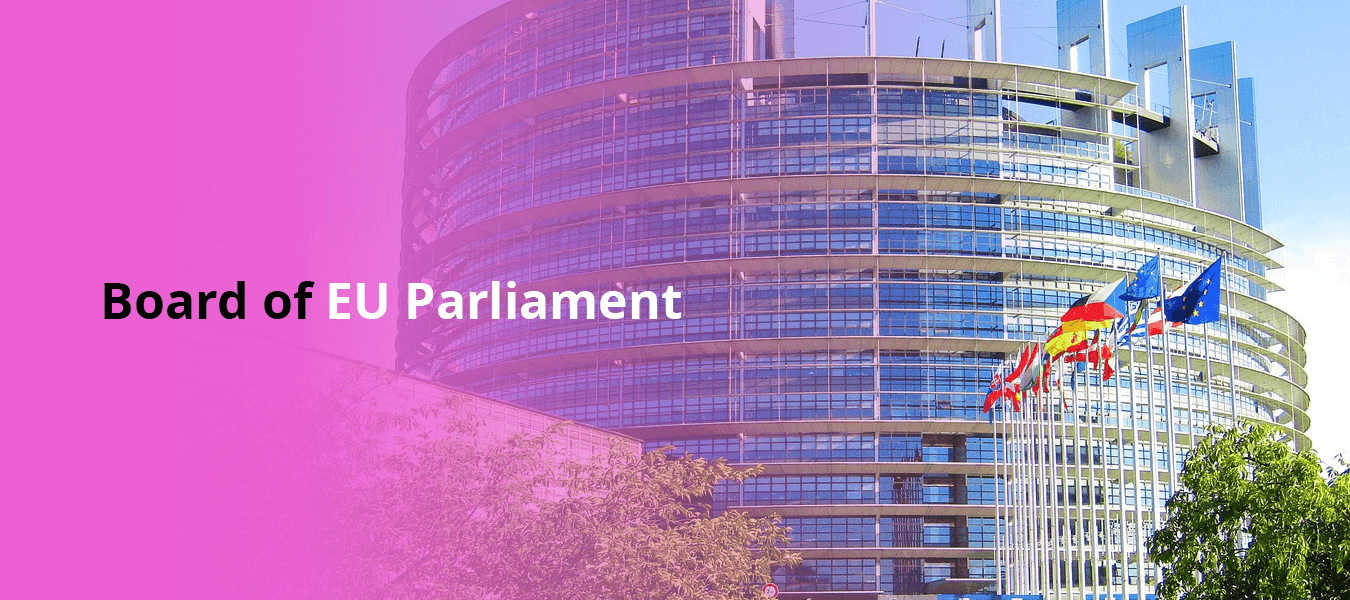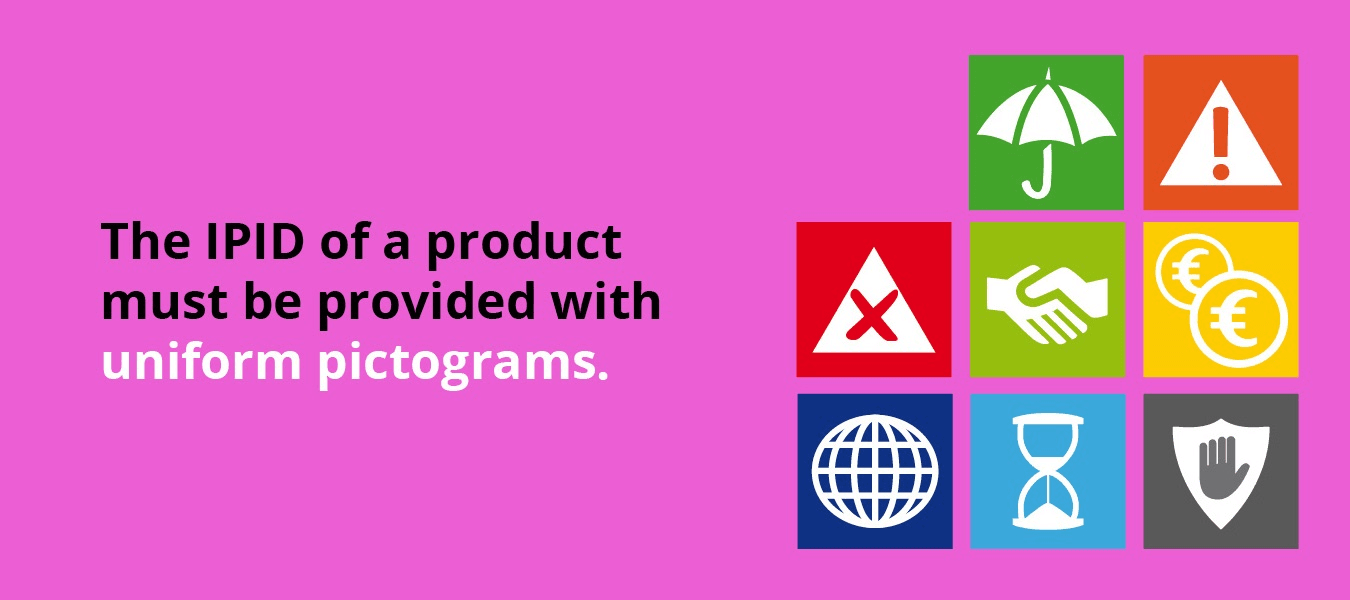Feb 23, 2018 : IPID mandatory before insurance is created.

On 11 August 2017, the European Commission endorsed the implementing regulation which defines the specific information to be provided to customers taking out a non-life insurance product.
Transparent providers child of the bill by new directive
The new directive is a first well-intentioned attempt to take the insurance market by the horns. Whether the directive will provide the transparency that intermediaries and their consumers are waiting for, we wonder.
The directive still contains many ambiguities, open ends and contradictions, an analysis shows. For providers who are already transparent in their communication about an insurance contract, this directive may be disadvantageous.
When asked, the AFM said that it could not comment on the findings until it had studied the implementing regulation.
Equal standards
A level playing field for individuals or institutions such as advisory intermediaries, stockbrokers, bancassurance companies, Direct Writers, intermediary insurers, authorised agents, travel agents and car rental companies is essential. After all, they are all allowed to distribute insurance products. Even if this is done "at a distance", i.e. via the internet.
This regulation stems from Article 20(8) of Directive (EU) 2016/97.
It states that Consumers enjoy the same level of protection regardless of differences between distribution channels.
A level playing field between distributors is essential. This is to ensure that the same level of protection applies and that consumers can rely on comparable standards. This applies especially in the area of information disclosure.
Providers offering non-life insurance products within the EU are required by the regulation to provide their customers with an information document (IPID). This IPID must meet the requirements specifically set out in the new regulation.
This is information that the product provider is obliged to provide to prospective customers prior to taking out non-life insurance.
Space IPID limited.
Where a developer needs more space than 2 A4 pages, it must, be able to demonstrate to the competent authority that more space was needed. If an insurance product covers multiple interests, it seems obvious to us that
use of extra pages is permissible. See also below "sub-sections"
Simple language.
The language used should be simple, i.e. easily understood by an ordinary consumer.
Font
The size of the font (corps) used in the IPID must not be smaller than 1.2 mm. Pursuant to the said EU directive, the document must be clearly legible in black e/o shades of grey. This also applies in if the document is copied or printed.
Pictograms mandatory
The IPID of a product must have uniform pictograms. In this way, it is quickly clear to every consumer which subject the relevant section is about.
Sub-headings
The use of Sub-headings is allowed if necessary.
* But what is a sub-heading? Does it sometimes refer to a separate interest?
What is meant by this is not described.
* And whether the use of sub-headings may lead to an increase in
the maximum size i.e. 2 x A4, has not been made clear either.
Layering and Popups allowed
The use of digital tools, such as layering and pop-ups, is permitted provided that all the information listed below A to F is provided in the central section of the IPID.
Furthermore, it is important that the use of those tools does not distract the client's attention from the content of the main document.
Information provided via layering and pop-ups should not contain marketing or advertising material.
First page :
1) Unambiguous title mandatory
The first page must have a unifying title, namely: "INFORMATION DOCUMENT ON THE INSURANCE PRODUCT".
Right next to the title, the provider may add its logo.
2) Who is the provider ?
The provider must present himself emphatically by indicating
of:
- Its name
- The Member State of establishment
- Its status from a supervisory point of view
- The number of its licence to operate within the said status.
3) Declaration regarding pre-contractual information
The offeror should prominently state what pre-contractual and contractual information it has provided. This statement should appear immediately below the name of the developer of the non-life insurance product.
Annex
The regulation contains a clear annex, which once again sets out exactly what headings the IPID must contain. These headings are :
A) What type of insurance is this ?
(Description of insurance)
Insured interests :
Duty to inform about the insured / uninsured parts of an insurance package.
Example :
A car insurance policy contains three parts :
A client decides to take out liability insurance, but he decides not to take out hull cover or legal assistance
with this provider.
Then it is important that the client can clearly see which parts have been activated and which have not.
B) What perils are insured ?
(Description of the insured perils)
Note : if several perils are covered, this should be highlighted with a green tick
Sum insured.
The implementing regulation states that this section B) of the IPID should also mention the sum insured. If there is an insurance package, there are several interests, each of which has its own insured limit.
What is insured ?
Covered perils have already been dealt with under B). So what is referred to here is the designation of interests and the corresponding insured value.
C) Are there coverage limitations ?
(Description of circumstances where damage caused by a covered event is not covered anyway.)
Note : if perils are not covered, this should be highlighted with an orange exclamation mark.
D) What is not insured ?
(Description of hazards not covered)
Note : if hazards are not covered, this should be highlighted with ared x-sign.
E) Where am I covered ?
(Description of Geographical Limitations)
Note: if this includes several territories, this should be highlighted with ablue tick.
F) What are my obligations ?
(What agreements must the contractor fulfil within the scope of the insurance cover)
G) When and how do I pay ?
(These are the financial obligations of the contractor)
H) When does the cover start and end ?
(Information about the first contract term of the agreement)
I) How do I terminate the contract ?
Information on the options for terminating the contract
Matters not further described in the IPID, but which are relevant when putting together an adequate
IPID:
Transparency about the information provided in an application form:
It is crucial that clients can check both prior to, and after, entering into an insurance contract whether and if so what information has been acquired by or on their behalf through digital means by the insurance product provider.
After all, otherwise it will never be clear to them whether and, if so, what value the provider assigned to that information in accepting an insurance still to be taken out or concluded.
After all, the consequence may be that insurers could reject a claim on the basis of that information.
The advising intermediary must also be able to check such matters retrospectively. How can he advise if he has no knowledge of the basis for the insurance contract provided by the client?
Transparency on the composition of premium charges per covered interest
Transparency on how insured values of interests have been indexed.
Transparency on recognised rights bonus/malus or no-claim.
Transparency about the names and participations in case of co-insurance by several insurers.
The provider of an insurance product can also be an intermediary who has placed the insurance with more than one insurer. Obviously, in that case, the Intermediary is also obliged to provide this information as the provider. Mentioning the names and participations of the risk carriers seems obvious to us.
It is quite a tough job to draw up an adequate IPID based on the legislation currently in force.
But an adequate IPID is an advantage for transparent providers, as it gives them the opportunity to draft a document that can stand the test of scrutiny.
Effective from 23 February 2018
Effective date was 23 February 2018, when the entire IDD came into force within the EU.


